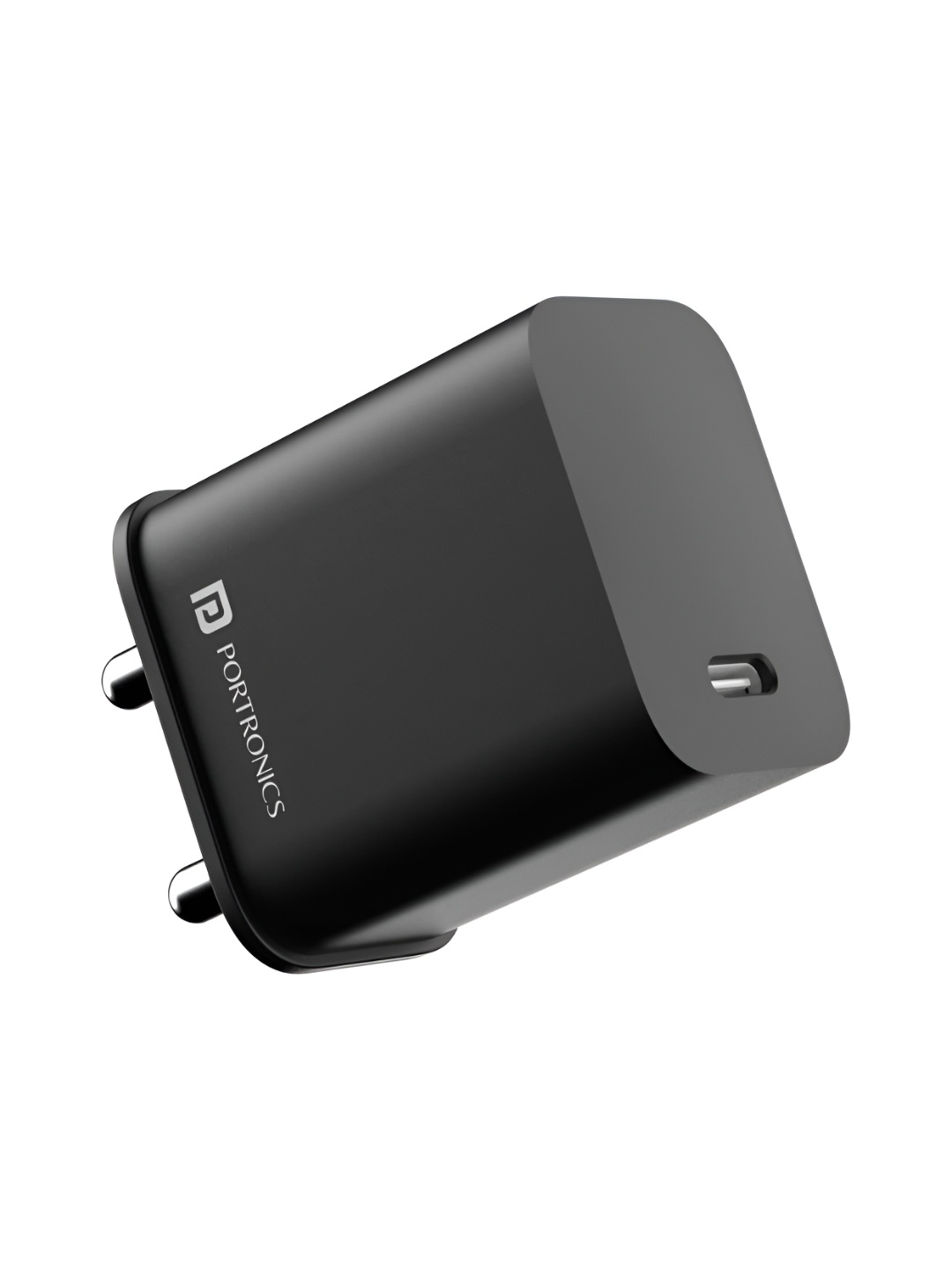Look Good, Feel Better: Affordable Sustainable Style For Sunny Days

Eco-friendly fashion is no longer a luxury; it's a lifestyle choice. With climate concerns rising and fast fashion's environmental toll exposed, more people are seeking ways to dress sustainably. But what if you're also on a budget? Summer brings with it the perfect opportunity to shift to lighter, breathable, and earth-conscious clothing. And contrary to belief, going green doesn't have to burn a hole in your pocket. With the right choices, you can build a stylish, sustainable summer wardrobe that feels good on your skin and on your conscience.
Why Eco-Friendly Fashion Matters This Summer
Summer wardrobes tend to be high-turnover, tank tops, cotton dresses, and sandals, often bought on impulse. Fast fashion thrives on this cycle, contributing heavily to textile waste, water pollution, and carbon emissions. Choosing eco-friendly alternatives isn't just about personal style, it's about taking responsibility for our shared environment.
Lightweight, organic fabrics like cotton, bamboo, and hemp are both kind to the planet and breathable, moisture-wicking, and ideal for high temperatures. You'll feel better, physically and ethically, in what you wear.
Affordable, Sustainable Fabrics That Work For Indian Summers
You don't need a designer label to embrace eco-friendly fashion. Many budget-friendly brands and local markets offer clothes made from sustainable fabrics. Look for organic cotton, which is grown without harmful pesticides and is soft and durable for everyday wear. Khadi, a hand-spun fabric, supports rural artisans and has a low environmental impact. Linen-cotton blends may wrinkle, but they provide excellent ventilation and style.
Additionally, some brands create chic, one-of-a-kind pieces using recycled materials, such as upcycled saris, denim, or factory waste. Choosing these sustainable materials is a great way to stay stylish while minimising your environmental footprint.
Also Read: Cool, Confident, And Summer-Ready: Men's Fashion That Beats The Heat
Thrift, Swap, Repeat: Sustainable Styling On A Budget
Thrift shopping isn't just trendy, it's transformational. Vintage markets, online resale platforms, and even local thrift stores are goldmines for finding gently used clothing at a fraction of the price. Many pieces are unique and better made than modern fast-fashion alternatives.
Swapping clothes with friends or hosting a mini wardrobe exchange is another way to refresh your style without spending a rupee. It's fun, waste-free, and community-driven, exactly what eco-fashion should be.
Versatile Pieces That Maximise Wearability
Shopping with versatility in mind is one of the smartest choices for both the planet and your wallet. Opt for key pieces that can be styled in multiple ways. For instance, a white organic cotton shirt can be paired with jeans, skirts, or layered over a dress for varied looks. Flowy maxi dresses can be worn solo, belted, or layered with a shrug for different styles.
Lightweight trousers in neutral shades offer the flexibility to switch up your top, shoes, or accessories for various occasions. The more wear you get from each garment, the less waste you create, leading to smarter shopping.
DIY Styling And Upcycling: Fashion From What You Already Own
Before heading out to shop, take a good look at what you already own. Old kurtas can become crop tops, sarees can be repurposed into dresses, and oversized T-shirts can be tied, tucked, or transformed with a few snips.
Not into sewing? No problem. Fabric glue, iron-on patches, and clever knots go a long way. Upcycling lets you refresh your wardrobe and exercise your creativity, all while staying eco-conscious.
Budget Brands That Prioritise Sustainability
When shopping for clothing, consider local or homegrown brands that prioritise transparency and eco-conscious practices. Look for key indicators such as the use of organic or recycled fabrics, fair wages for workers, and minimal or plastic-free packaging.
Additionally, brands that employ dyeing processes aimed at reducing water waste demonstrate a commitment to sustainability. These important details are frequently highlighted on product tags or company websites, allowing you to make informed choices about the impact of your purchase. Supporting such brands not only benefits the environment but also promotes ethical labour practices in the fashion industry.
Sustainable Accessories That Elevate Your Look
Accessories have the power to elevate a basic outfit into a bold statement while being environmentally conscious. Consider opting for jute or canvas bags, which are durable, lightweight, and eco-friendly. Wooden or recycled metal jewellery not only adds style but often supports artisan communities and promotes sustainability.
Handmade footwear, such as kolhapuris, chappals, or juttis, crafted from natural materials, is another great option. To keep your collection streamlined and functional, embrace the philosophy of "less is more" by choosing neutral, multipurpose accessories that can effortlessly complement different looks while reducing clutter and costs.
Summer Colour Palette For Sustainable Fashion
Lighter colours not only reflect heat but also diminish the need for harsh chemical dyes. Opt for whites, beiges, blush pinks, sage greens, and earthy neutrals. These versatile and timeless shades align perfectly with eco-fashion aesthetics and are naturally complemented by sustainable fabrics. Sustainable fashion extends beyond purchase; it also encompasses care. To prolong fabric life and minimise environmental impact, wash clothes in cold water, avoid tumble drying, and air-dry them in the shade.
Additionally, using natural or biodegradable detergents is a smart choice. By taking care of your wardrobe, you can extend its life and reduce your overall fashion footprint.
Mindful Shopping Habits That Last Beyond Summer
It's tempting to jump on trends, but fast fashion thrives on short-lived wants. Instead, ask yourself:
- Will I wear this at least 30 times?
- Can I style this with three things I already own?
- Is this made from sustainable or natural material?
If the answers are yes, it's a keeper.
Eco-friendly summer fashion on a budget is not only possible, it's practical and empowering. With mindful choices, smart styling, and a little creativity, you can beat the heat in clothes that support both your comfort and the planet. Fashion should never come at the cost of our environment, and with options available at every price point, sustainable style is within everyone's reach. This summer, wear what you believe in: light, lovely, and lasting.
Products Related To This Article
1. Woodwose Organic Clothing Casual Regular Sleeves Solid Women Yellow Top
2. Woodwose Organic Clothing Men Solid Round Neck Organic Cotton Green T-Shirt
3. Greendigo organic Clothing Baby Boys & Baby Girls Casual Dungaree and Romper Bodysuit
4. BabyGo Romper For Baby Boys Casual Printed Pure Cotton
5. Adorazone Boy's & Girl's Straw Fedora Short Brim Hat
6. Magneto Men Solid Round Neck Organic Cotton Pink T-Shirt
7. Footprints Organic Cotton Men Calf Length
8. FREECULTR Men Printed Bandana
9. DEL LUNA Baby Boys Party(Festive) Dungaree Shirt, Bow Tie
10. SIKH 6.25 Meters Grey FullVoile Cotton, Self Design Pagri
Frequently Asked Questions (FAQs)
Q1: Is Sustainable Fashion Expensive?
Not necessarily. Thrift stores, upcycled clothing, and homegrown brands offer affordable, sustainable options.
Q2: What Are The Best Sustainable Fabrics For Summer?
Organic cotton, khadi, bamboo, and linen are breathable, light, and perfect for hot weather.
Q3: Can I Dress Sustainably Without Changing My Entire Wardrobe?
Yes. Start with a few key pieces, mix with what you already own, and try upcycling older clothes.
Q4: How Do I Know If A Brand Is Eco-Friendly?
Look for certifications, transparent sourcing, use of natural fabrics, and minimal packaging.
Q5: What Colours Work Best For Sustainable Summer Fashion?
Soft neutrals and pastels like beige, white, sage green, and peach reduce dye load and look seasonally appropriate.
Also Read: From Poolside To Dinner Date: The Ultimate Men's Summer Style Guide
Disclaimer: The images used in this article are for illustration purpose only. They may not be an exact representation of the products, categories and brands listed in this article.




























